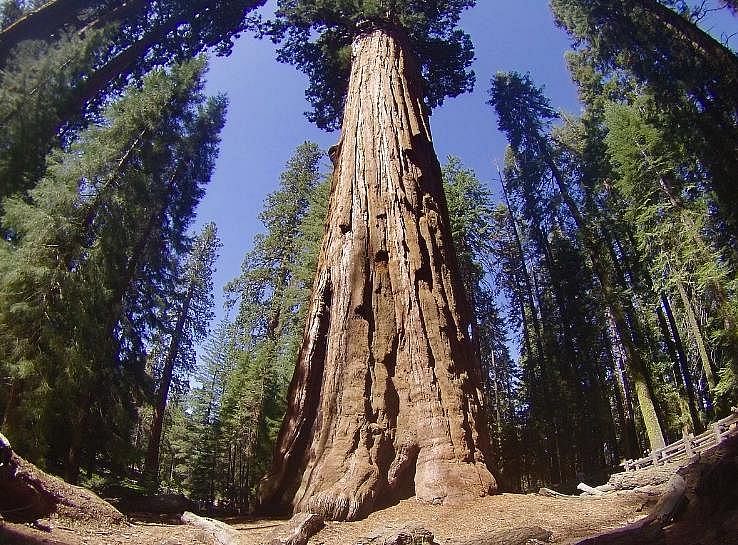Test: Gymnosperms (NCERT) - NEET MCQ
15 Questions MCQ Test Biology Class 11 - Test: Gymnosperms (NCERT)
Mycorrhizal roots of ____ are associated with some fungal symbionts.
Select the correct pattern of arrangement of reproductive structures for gymnosperms.
In which one of the following, the male and female gametophytes don't have free-living independent existence?
Read the following statements :
A. The male or female cones or strobili may be borne on same tree in Pinus.
B. In Cycas male cones and megasporophylls are borne on different trees.
C. Stem of Cycas is branched and of Pinus and Cedrus is unbranched.
D. In gymnosperms generally tap roots are found.
Select the correct statements.
Question:
Which of the following statements about gymnosperms is correct?
- Gymnosperms are homosporous and produce only microspores.
- The reduced male gametophyte in gymnosperms is known as the microsporangia.
- The female strobili bear megasporophylls with ovule or megasporangia.
- The multicellular female gametophyte develops within the megasporangium and is retained there.
What type of roots do some gymnosperms like Pinus have, which are associated with fungal mycorrhiza?
During the reproductive process of gymnosperms:
A. The megaspore mother cell is differentiated from one of the cells of the nucellus
B. The nucellus is protected by envelopes, forming the ovule.
C. The ovules are borne on megasporophylls which may be clustered to form the female cones
D. The megaspore mother cell divides meiotically to form four megaspores. One of the megaspores enclosed within the megasporangium develops into a multicellular female gametophyte that bears two or more archegonia or female sex organs
How many correct statements?
The leaves of gymnosperms are well-adapted to withstand extremes of temperature, humidity and wind, because of which of the following features?
Which of the following represents the correct sequence of events during fertilization and seed formation in gymnosperms?
A.The pollen tube carrying the male gametes grows towards archegonia in the ovules
B. Pollen grains are released from the microsporangium.
C..Fertilisation
D. Zygote develops into an embryo.Ovules develop into seeds
The features seen in the gymnosperm Cycas include:
I. Coralloid roots
II. Unbranched stems
III. Pinnate persistent leaves for a few years
IV. Male cones and megasporophyllys borne on same plant
Which gymnosperm is one of the tallest tree species and is famously known as the giant redwood tree?
In gymnosperms, what is the primary characteristic of seeds?
Where does the development of pollen grains take place?
What distinguishes gymnosperms from bryophytes and pteridophytes regarding the male and female gametophytes?
|
180 videos|362 docs|148 tests
|





















